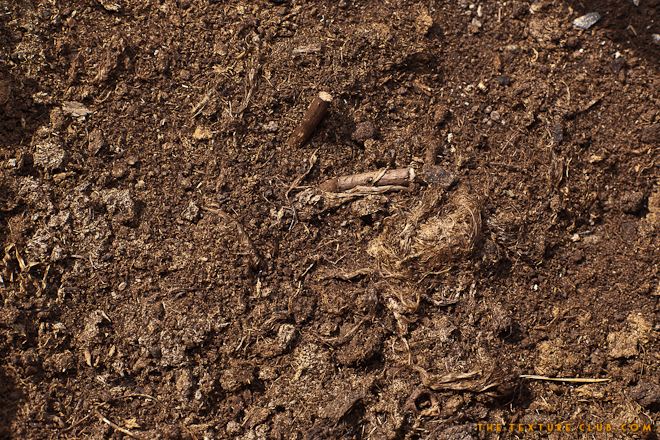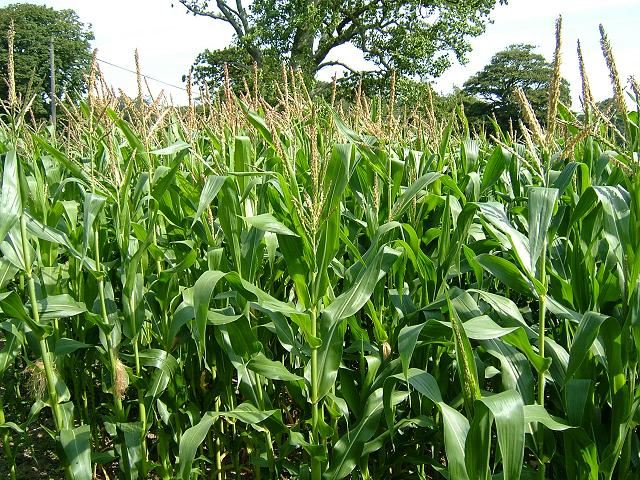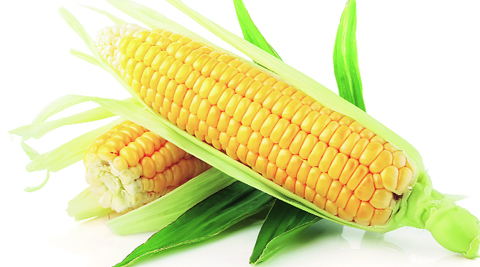Masoud Borhani, Hossein Arzani, Zahra Jaberalansar, Ehsan Zandi Esfahan, Hanieh Eghdami
Research Center for Agriculture and Natural Resources, Isfahan, Iran
Faculty of Natural Resources, University of Tehran, Karaj, Iran
Research Center for Agriculture and Natural Resources, Isfahan, Iran
Research Institute of Forests and Rangelands, Tehran, Iran
Faculty of Natural Resources, Isfahan University of Technology, Isfahan, Iran
Key words: density, cover, production, soil texture, Isfahan.
 Abstract
Abstract
In order to study the vegetation changes of Esfahan sagebrush rangelands and the role of environmental factors on these changes, four sites located in the steppe region were selected. Alavijeh and Charmshahr had a light soil texture, while the soil texture of Dorr and Baghsorkh was heavy. The quantities of density, canopy cover and plant production on these sites were measured over eight years. Continue reading Investigation on density, cover and production changes and the effect of soil texture on these factors in sagebrush steppe rangelands of Esfahan province – JBES


